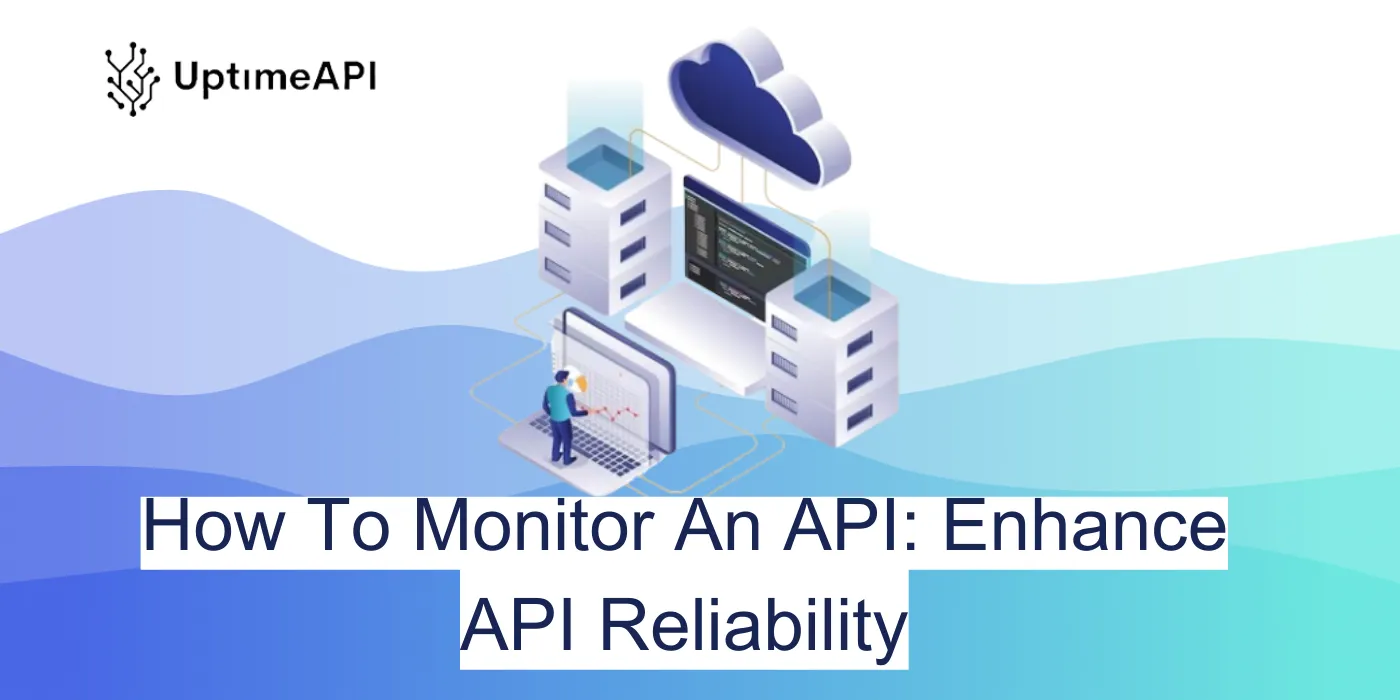How To Monitor An API: Enhance API Reliability

In today's digital era, APIs (Application Programming Interfaces) play a vital role in connecting various systems and enabling seamless data exchange. Monitoring an API is crucial for ensuring its reliability, availability, and performance. By utilizing tools like UptimeAPI, you can enhance the reliability of your API and provide a seamless experience for your users. In this blog post, we will discuss the importance of monitoring an API and how UptimeAPI can help in enhancing API reliability.
Importance of API Monitoring for Enhancing Reliability
Monitoring an API is essential for businesses and developers to maintain the reliability and performance of their applications. Let's explore why monitoring an API is crucial for enhancing API reliability.
Detecting Issues Early
Monitoring an API allows you to detect issues such as downtime, slow response times, or errors early on. By identifying and addressing these issues promptly, you can prevent service disruptions and ensure a seamless user experience.
Optimizing Performance
Regular monitoring of an API helps in optimizing its performance by analyzing response times, uptime, and error rates. By identifying areas for improvement, you can enhance the overall reliability and efficiency of your API.
Ensuring Availability
Monitoring an API ensures its availability to end-users by tracking uptime and downtime. By proactively monitoring and addressing any downtime incidents, you can minimize service disruptions and maintain a reliable API service.
Steps to Enhance API Reliability with UptimeAPI
Let's delve into the steps you can take to monitor and enhance the reliability of your API using UptimeAPI.
Step 1: Sign Up for UptimeAPI Account
The first step in enhancing the reliability of your API is to sign up for an account on UptimeAPI. Visit the UptimeAPI website, create an account by providing your details, and log in to the dashboard.
Step 2: Add Your API Endpoint to UptimeAPI
Once you have logged in to your UptimeAPI account, navigate to the dashboard and add your API endpoint for monitoring. Enter the URL of your API and configure the monitoring settings, such as the monitoring frequency.
Step 3: Customize Monitoring Settings
Customize the monitoring settings according to your API's requirements. Set the monitoring interval, define alert notifications for downtime or performance issues, and establish performance thresholds to monitor API reliability effectively.
Step 4: Monitor API Performance
With your API endpoint added to UptimeAPI and monitoring settings configured, the tool will start monitoring the performance of your API. Monitor real-time data on uptime, response times, and error rates to ensure the reliability of your API.
Step 5: Receive Real-Time Alerts
Stay informed about any issues with your API by setting up real-time alert notifications. UptimeAPI will notify you via email, SMS, or other channels when it detects downtime or performance deviations, allowing you to take immediate action.
Step 6: Analyze Monitoring Data for Improvements
Utilize the monitoring data provided by UptimeAPI to analyze the performance of your API. Identify trends, patterns, and areas for improvement to enhance the reliability and efficiency of your API and provide a seamless experience for your users.
Conclusion
Monitoring an API is critical for enhancing its reliability and ensuring a seamless experience for users. By following the steps outlined in this blog post and leveraging the features of UptimeAPI, you can monitor and optimize the performance of your API effectively. Start monitoring your API with UptimeAPI today to enhance API reliability and provide a reliable and efficient service to your users.